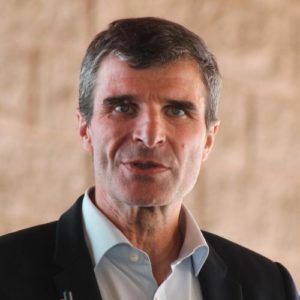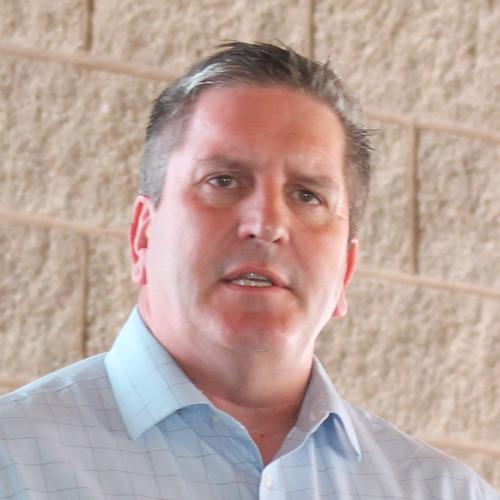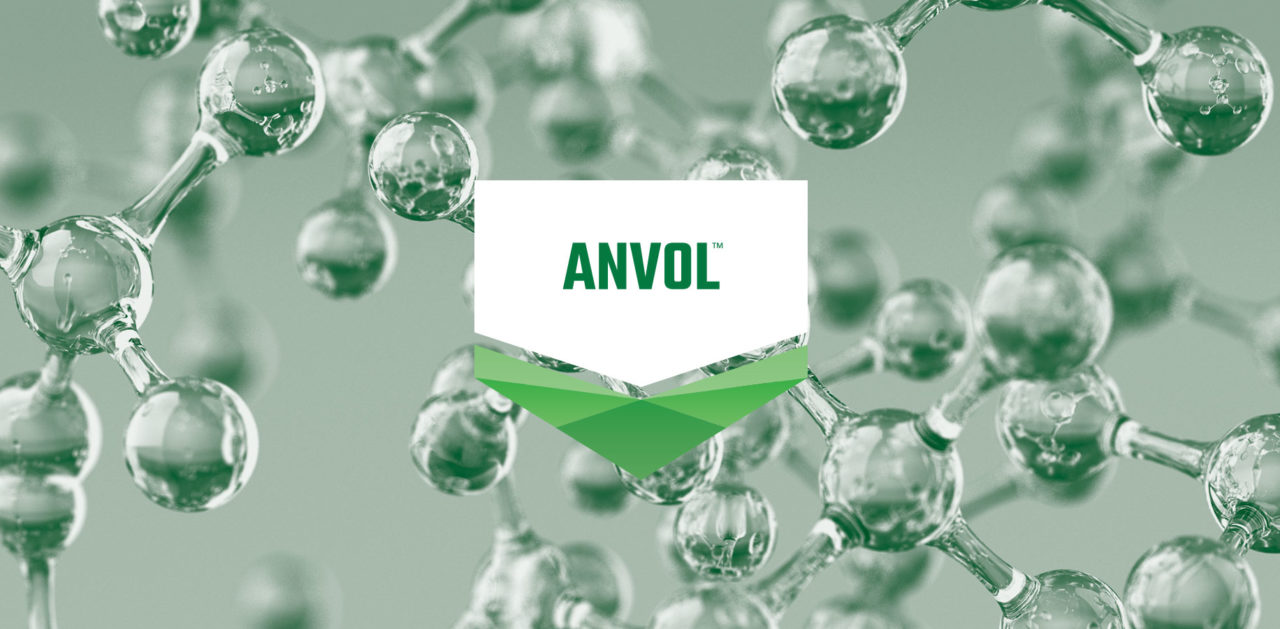BASF 2019: Primed for a Strong Present, Stronger Future
If there’s one word that best describes the past few years for BASF, it would be transformative. From its traditional base of crop protection products, the company has been able to add to the mix such new offerings as seeds, traits, and digital farming, thanks in part to making several product purchases as other industry suppliers divested assets to make mega-mergers happen.

Vincent Gros
“BASF in agriculture today is a different animal,” Vincent Gros, President, Agriculture Solutions, said while speaking at the company’s annual Media Event in Research Triangle Park, NC, in September. “We are now offering connected solutions to customers with crop protection products, seeds, traits, and digital in our portfolio.”
Saori Dubourg, Member of the BASF Board, agreed. “We are now finding our sweet spot as a company for the future, balancing societal needs with professional ones,” Dubourg said. “And ag solutions is an area we’ve made a significant financial commitment to and is a future area of growth for us.” She added that approximately 39% of the company’s $900 million research and development budget each year goes to the Agriculture Solutions group of BASF.

Mark Rea
A big part of this commitment to ag solutions comes from the many new products BASF has added the last 18 months. “We’ve seen a tremendous transformation, and we have a much broader portfolio with 1,800 new employees in North America and the largest, deepest seed treatment portfolio in the industry,” said Paul Rea, Senior Vice President, Agriculture Solutions North America. “There are many changes happening in the marketplace right now, and we need different skills to take advantage of these.”
Seed Money

Rick Turner
A significant difference between BASF of today and recent years is the presence of seed in the company portfolio. According to Rick Turner, Vice President, Seeds and Traits, this entry into seed has caused plenty of “excitement” in the organization. “As a company, BASF had great crop protection product technology, but without seed, much of it had no easy path to the market,” Turner said. “Having our own seed gives us a lift in terms of our ability to monetize the technology being developed.”
Although seed has only been part of BASF’s product mix for a year or so now, Turner said the company has several new projects in the works. This includes LibertyLink GT27 soybeans (which will have tolerance to glyphosate and a new HPPD Group 27 herbicide, pending regulatory approval) and a new HPPD-resistant variety of cotton, which should be ready in the mid-2020s. “We also have made an investment in a new hybrid wheat seed that features a new way of growing the crop,” he said. “This should be launched in the next few years with an introduction in Europe coming first.”
Regarding seed treatment, BASF is readying a solution to combat wireworm. According to Chris Hewitt, Brand Manager, Seed Treatment, wireworm is a serious root pest in Western Canada that can live in the soil for three to five years, feeding on untreated crops. “But we have a new mode of action insecticide coming in the Group 30 class called Teraxxa that should be ready for the market in 2021 that can control wireworm,” he said.

Scott Kay
Besides insects, one of the other primary areas of focus with many of these products from BASF ties back to addressing the growing herbicide-resistant weed problem. In fact, according to Scott Kay, Vice President of U.S. Crop, Agricultural Solutions North America, research from Stratus Ag shows that nearly 75% of growers nationwide are dealing with glyphosate-resistant weeds in their crop fields. In turn, the company is introducing a new weed control initiative called Operation Weed Eradication.
In practice, Operation Weed Eradication will take a balanced approach of utilizing cultural practices, such as conventional tillage, chemical control, such as rotating chemistries, and eradication diligence, such as hand weeding, to help growers eradicate troublesome on-farm weeds.
“Our approach to on-farm education will uproot problem weeds and help secure a sustainable farming future that builds a successful legacy for seasons and generations to come,” said Kay. “Weed eradication will be a personalized, tailored journey for each grower with different start and end points.”
In the coming months, Kay promised that BASF will assemble a coalition of industry leaders to help develop a specific eradication customer offering and launch an educational initiative to support Operation Weed Eradication.
“And we want ag retailers to help play a role in this effort,” he added. “As the trusted advisors to the growers, ag retailers are in a perfect position to advise their growers on what agronomic practices they can use to completely eradicate resistant weed populations from their fields.”
Further down the road, BASF is hoping to be a carbon-neutral company by 2030, Dubourg said. “The future is not one-way-only,” she said. “It’s about getting firsts into the market, with focuses on both customers and consumers.”






